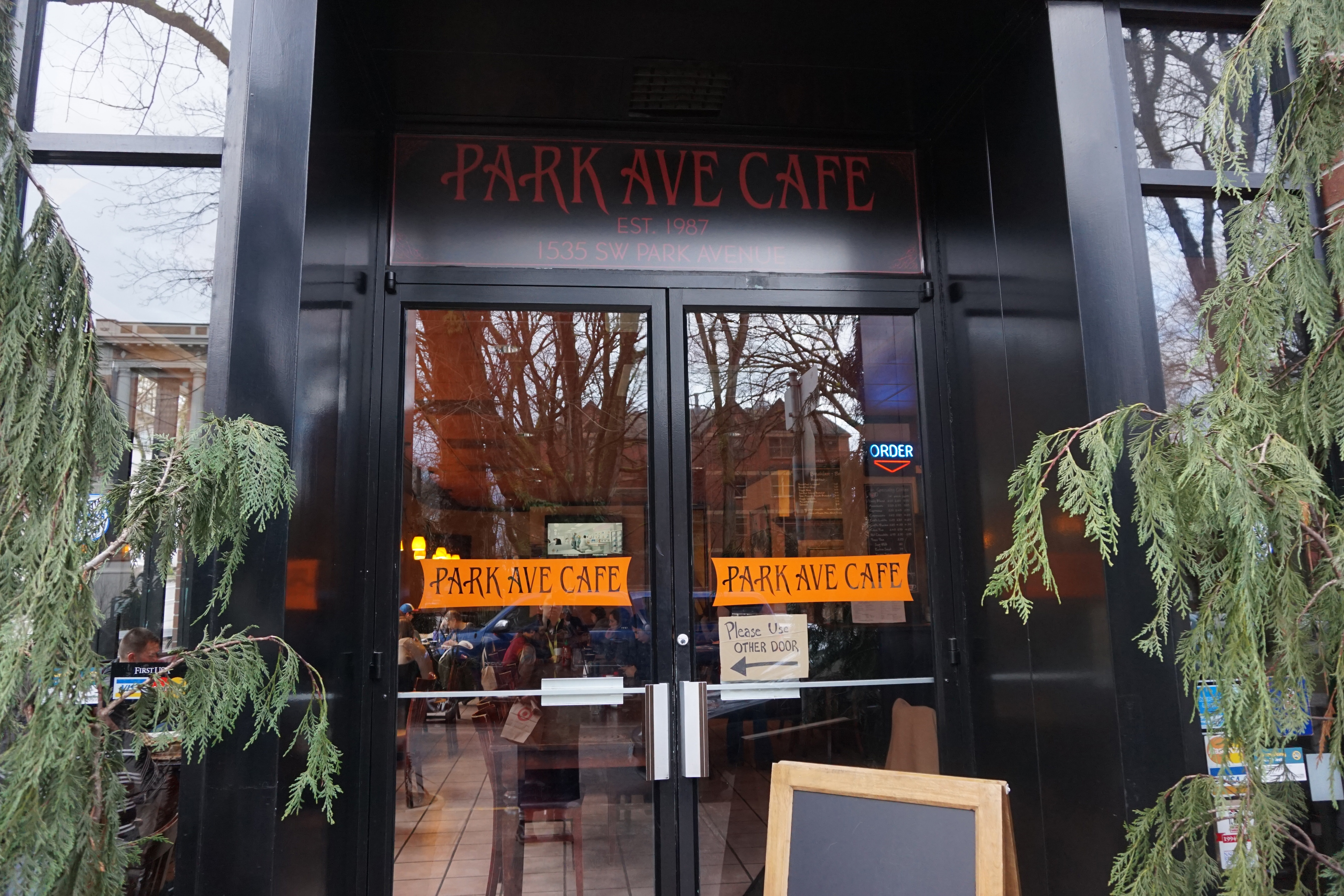Shake, rattle and roll on campus
The 6.8 earthquake that rattled the Puget Sound area last week did considerable damage to Seattle and Olympia, and made PSU students sit up and take notice. The tremor had calmed down a bit by the time it reached Portland, but it raises a serious question: Is PSU prepared for a major earthquake?
Geologists at PSU predict that a massive earthquake measuring upwards of 9.0 on the Richter scale could hit Portland in the next several decades. If a 6.8 earthquake could bring Seattle to a grinding halt, a 9.0 quake would level the city.
Though there is little we can do to prepare for such a large earthquake, there are precautions being taken when buildings are built on campus and around the city to try to minimize potential damage.
In the mid-1990s, PSU’s civil engineering department participated in a citywide study of commercial buildings, including those on campus. Students took a sidewalk inventory of approximately 50,000 buildings in the metro area and cataloged their overall features. Especially noted were construction materials (brick, concrete or steel) and characteristics such as symmetry of the building and facing that could shake loose. The data was used to create models to predict the outcome of earthquakes of various magnitudes.
The amount of damage caused by an earthquake would depend on its location with respect to Portland, according to Franz Rad, chair of the civil engineering department at PSU. In a worst-case scenario, with the predicted 9.0 earthquake on one of the faults running directly underneath Portland, Rad says his model predicts between three and four thousand casualties. Most buildings would be leveled. However, more likely than one large earthquake is a series of smaller ones ranging from 5.0 to 6.0 in magnitude.
All of PSU’s newer buildings would fare pretty well in a moderate earthquake, Rad said. “[The city has] strengthened the [building] codes very significantly in the last four to five years, and they’re much better than they were in, say, the ’60s and ’70s. Back then we didn’t know any better.”
With advances in technology and several strong earthquakes around the world during those decades, geologists have been able to get a much better idea of what to expect from seismological activity in the Northwest.
The Urban Center building, just finished last year, is one building that would remain standing after quite a few of PSU’s other buildings had collapsed in an earthquake. Not only does it meet new seismic requirements in the building code, it also has an irregular design and architectural features that would allow it to withstand more twisting than other buildings.
However, most of PSU’s structures are several decades old and were built before new building codes were created. Older buildings constructed with brick or non-reinforced concrete would suffer severe damage if a moderate earthquake were to hit Portland. Shattuck Hall is one of the buildings that would crumble first because it was built almost entirely out of brick.
“My prediction is that we’ll probably have an earthquake sooner or later, and it’ll be a real wakeup call,” Rad said. “The previous earthquakes we’ve had have not been effective in making people realize the potential damage a large earthquake could cause.” There would be benefits to a large quake, however, because it would purge the stock of weaker buildings, Rad said. “Ideally we’d have an earthquake without killing anyone that would damage older buildings past the point of repair,” he said. The more stable buildings that survived would serve as models for rebuilding new ones to withstand future seismic activity.
Though the city is trying to retrofit buildings to withstand earthquake damage, including those at PSU, a huge number will remain vulnerable because of a lack of funding. The cost would run into the billions of dollars, and there simply isn’t enough budget to spend money on preventative measures. PSU’s facilities office is very interested in understanding how campus buildings will behave in an earthquake and what they can do to make structures safer. However, the office will probably not have the money assigned to do the studies they want for all state-owned buildings, but legislation is currently in the works to make funding available to address those issues, Rad said.
One of the hardest things about preparing for earthquakes is that you never know when one will hit. “No one knows which fault will go, and whichever one it is, it may not go for the next several decades,” Rad said. “It’s all a game we play in terms of looking at the probability of an earthquake happening. Personally, I’d rather be in the Urban Center building than Shattuck when it happens.”




